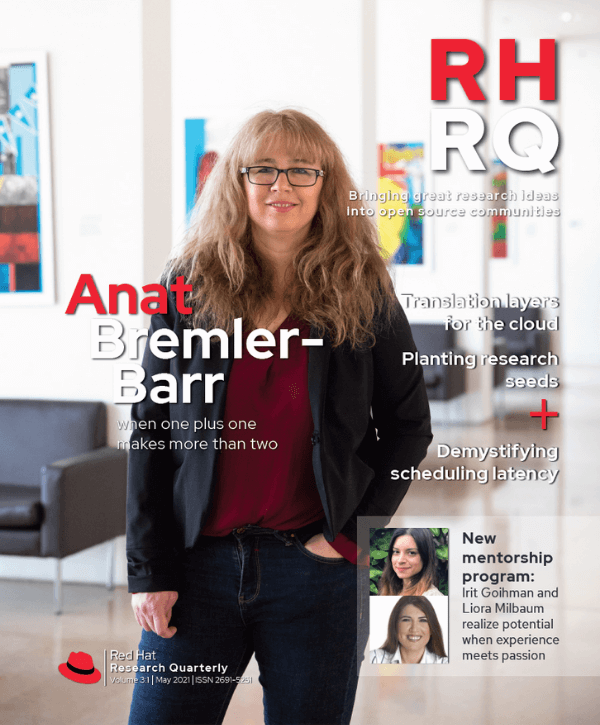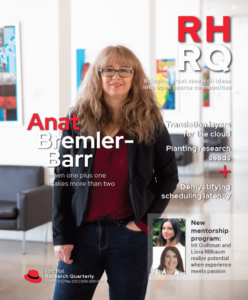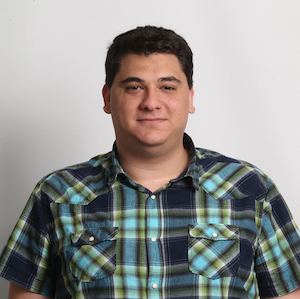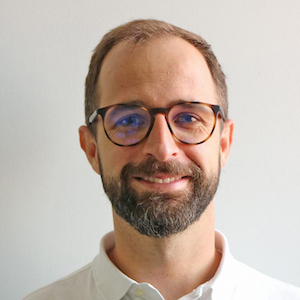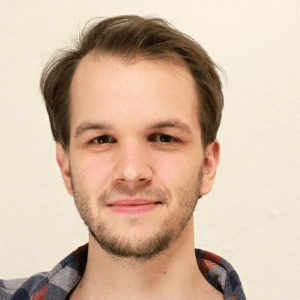How Czech Technical University and Red Hat Czech broke ground for grant programs.
It all began in 2017. The university program in Brno was thriving, and collaboration with Czech Technical University (CTU) in Prague was just beginning to gain traction. Red Hat Czech had been on the receiving end of a couple of Czech government subsidies to support research work but never connected to an actual research grant. CTU took the initiative that got our joint research efforts started, setting a pattern for university-industry-government collaboration that continues today.
It was the first of its kind for us, but it has opened the door for two more projects that are still ongoing.
When the cooperation began, we wanted our software engineers to know more about what the researchers at the Faculty of Electrical Engineering of CTU were doing to expand our knowledge of the latest innovations. Since Prague and Brno are more than two hours apart, which makes continual collaboration much harder, we invited them to Brno to speak about their research. This sparked a lot of interest, and the presentation was not only well attended in person—which sounds a little otherworldly these days—but also streamed to those who couldn’t be there. It was at this presentation that the conversation between the academic researchers and the Middleware Quality Engineering (QE) team began.
A few months later, representatives of the Faculty of Electrical Engineering at CTU contacted us with a proposition. They discovered a Call for Proposals (CFP) from the Technology Agency of the Czech Republic (TACR), and the university needed an industrial partner to apply for a three-year cash grant program. The project that resulted from the conversation with the Middleware QE team was a good fit. We agreed with the university to propose the Quality Assurance for Internet of Things Technology project for the grant.
The application was the first major hurdle. Being a partner for such a project was unprecedented at Red Hat Czech, and there was no approval process in place. Finding the right people to talk to, then convincing them to invest time into reviewing and giving the green light to a project that was somewhat insignificant from a broader business point of view was an exercise in perseverance. Thus it was all the more rewarding when the project won the selection process.
Fast forward to 2021: the project concluded in December 2020 and it has found a lot of success in both the academic and the industrial fields. When it comes to PatrIOT, Red Hat’s part of the project, two out of three patent applications have already been accepted. Moreover, while the grant program has concluded, the project is not finished. The partners’ cooperation will continue in 2021, self-funded for now, while seeking a new CFP to enable further collaboration.
The framework has been applied in several projects, including Red Hat AMQ and a prototype IoT-based rescue mission and planning system for the Czech police and mountain rescue service. Multiple institutions—Johns Hopkins University, NATO ACT Innovation Hub, CTU, Armed Forces of the Czech Republic, and DefSec Innovation Hub—have used the framework to develop an experimental sensor network for monitoring soldiers’ vital functions that facilitates more accurate triage and minimizes casualties.
Quality Assurance for Internet of Things Technology has been our icebreaker project that brought academic researchers, industry software engineers, and a government agency together. It was the first of its kind for us, but it has opened the door for two more projects that are still ongoing. Red Hat has become more active in applying for grant programs, and getting the applications through has now become much easier thanks to an existing precedent and tangible results that the projects bring to research and business.


